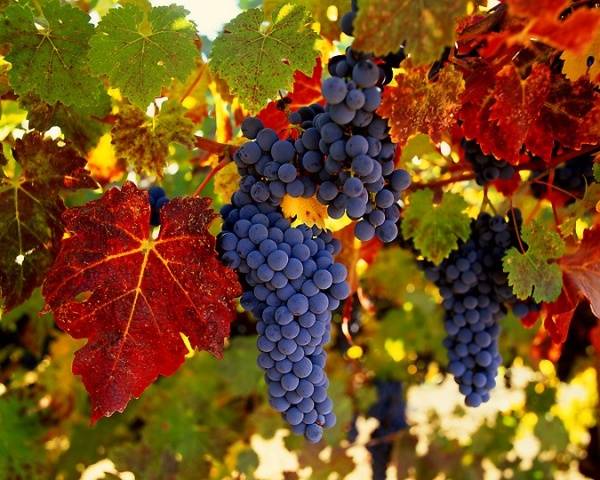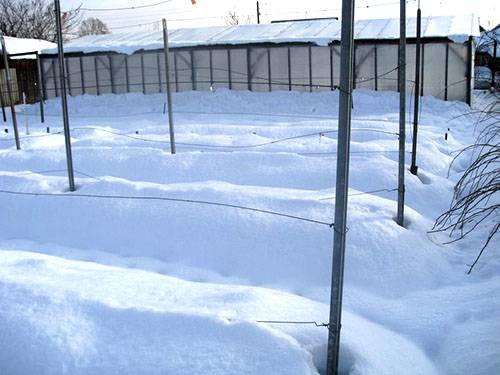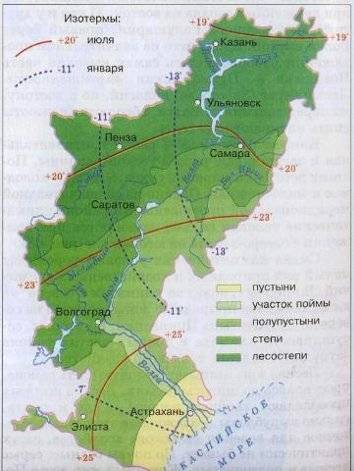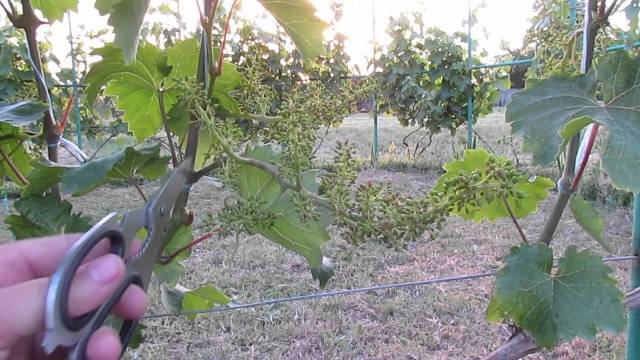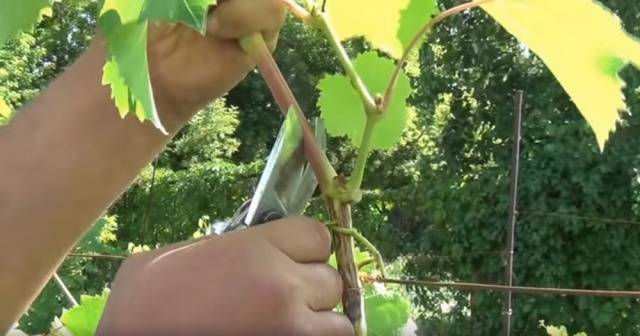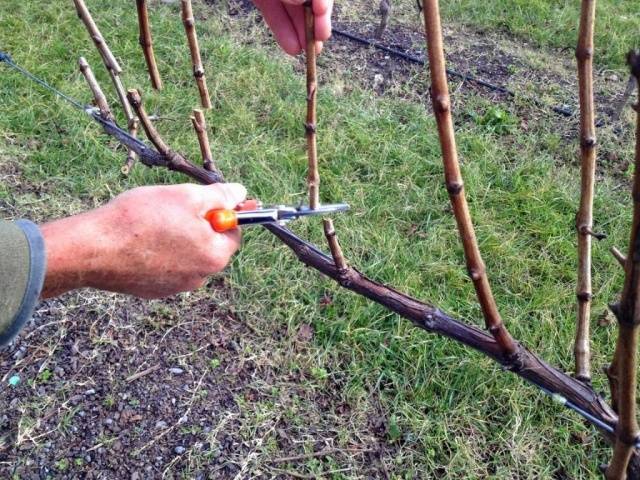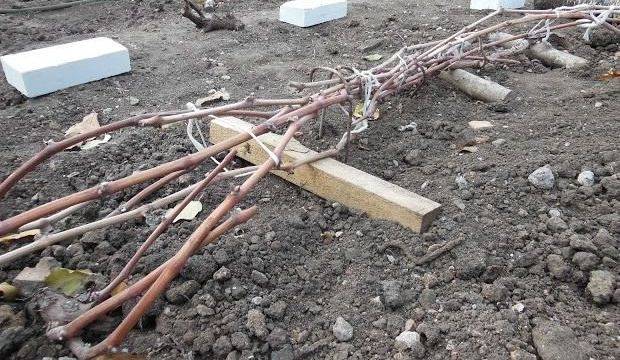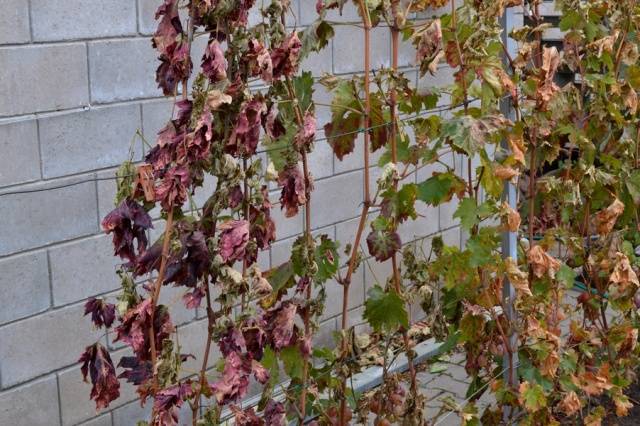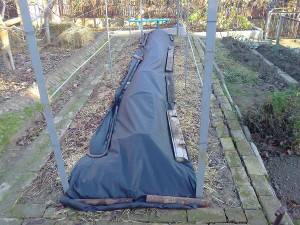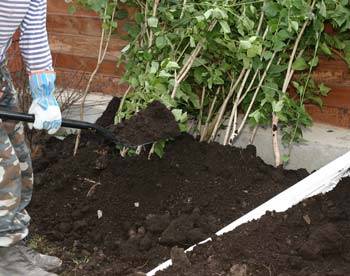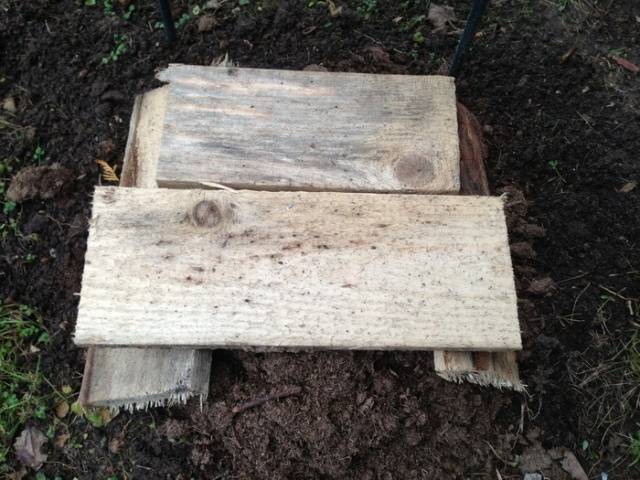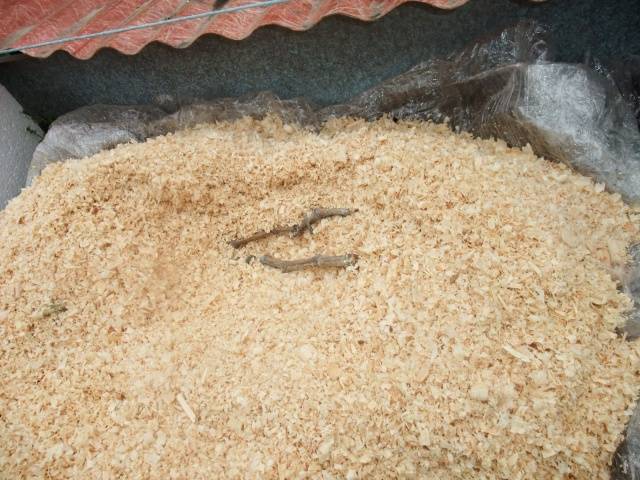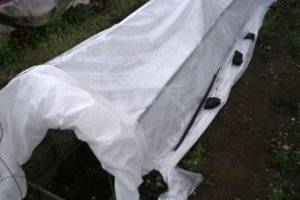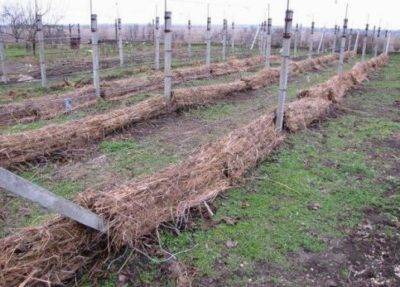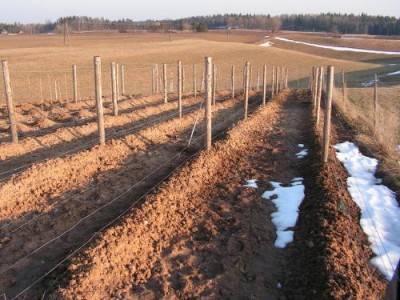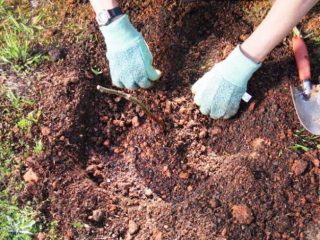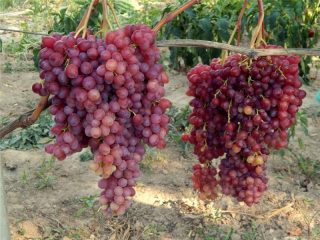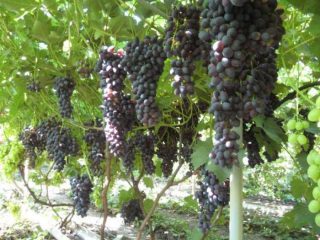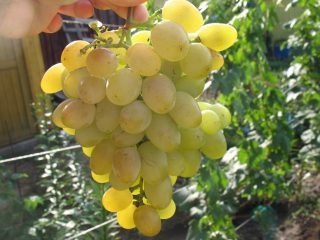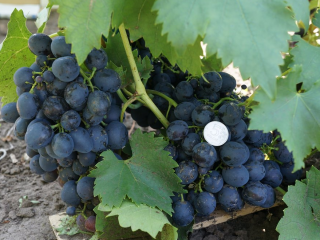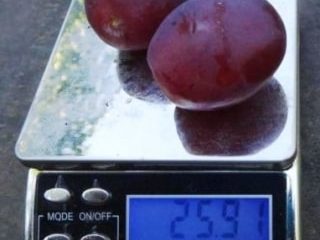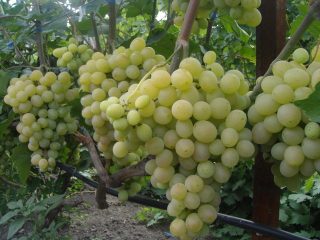Content
Grapes are a southern crop. Thanks to the achievements of breeders, it was possible to advance it far to the north. Now winegrowers are harvesting grapes in the northern regions. But only in a cover culture. Moreover, the acquired ability of grapes to tolerate severe frosts is directly related to the loss of large fruit and taste.
But in terms of their taste, they cannot replace table varieties. When choosing them, be sure to take into account the timing of ripening and the ability of the grape variety to resist unfavorable conditions.
There are no good table grape varieties that can tolerate low temperatures without shelter. Many winegrowers may disagree and will give examples of excellent overwintering of grapevines under sufficient snow cover. Yes, this method justifies itself. But where is the guarantee that there will be a lot of snow in winter? Not everyone has the opportunity to throw snow on wintering grape bushes. Consequently, there is always a risk of not only being left without a harvest, but also simply losing valuable varieties. What conditions allow grapes to successfully overwinter?
What temperature can grapes tolerate without loss?
If you do not take into account the not so numerous varieties of grapes that can not freeze even at -30 degrees and below, temperatures from -18 to -25 for the vine are considered critical, the specific numbers depend on the variety. Soil freezing below -7 degrees is dangerous for grape roots.
Grapes are afraid not only of very low temperatures. No less destructive for the vine are its sharp fluctuations. A prolonged thaw can trigger the process of the plant emerging from dormancy. Such grapes can die even at temperatures that are much higher than critical.
The influence of the Volga region climate on the method of covering grapes
An important condition for successful wintering is the correspondence of the method of covering and the climatic conditions in which the grapes grow. The following indicators need to be taken into account:
- record minimum temperatures for the area in winter;
- presence and depth of snow cover;
- wind direction and strength;
- frequency and duration of thaws.
The Volga region is a large region, its climate varies greatly in different areas. But in general, it is characterized by fairly cold winters with average temperatures from -10 to -15 degrees. At the same time, the temperature minimum in some areas exceeds -40 degrees. And this is with a low snow cover.
How to cover grapes for the winter in the Volga region? It's not that difficult to do.
Success can be achieved if the following conditions are met:
- properly prepare the vines;
- choose the optimal timing for covering the grapes depending on the weather;
- choose the best method of covering grapes in each specific case.
Preparing the grapevine for wintering
Oddly enough, it begins in the spring. Removing the cover in time will save the plants from spring return frosts, thereby allowing the grapes to retain all their strength for flowering, harvest formation and ripening of the vine. Agrotechnical practices carried out on time and in full also contribute to this.
Putting too much stress on the bush can significantly weaken the vine.
One of the conditions for successful overwintering is complete ripening of the vine. No matter how unripe grape shoots are covered, it will not be possible to preserve them in winter. Therefore, you need to take care of this in advance. There are grape varieties in which all the shoots ripen completely by autumn, even without the participation of the winegrower. You will have to take care of the rest and pinch out all the green shoots in August in order to achieve their full ripening before frost.
There are a number of important measures that need to be taken before frost begins:
- dry soil freezes much more strongly, so moisture-recharging watering of grapes in the fall is mandatory, the soil must get wet to the entire depth of its roots;
- fertilizing with potassium-phosphorus fertilizers in September will make the bushes more frost-resistant and allow the vines to ripen faster;
- after leaf fall, cut out all unripe shoots in accordance with the rules for forming a bush;
be sure to leave 2-3 spare buds on each shoot; prune only at above-zero temperatures, otherwise the vine becomes fragile and breaks easily. First-year bushes are not pruned. - treat grapes with antifungal drugs, for example, copper sulfate according to the instructions;
- remove the vines from the trellises and tie them into loose bunches.
Covering material also requires preparation: it is disinfected, the one that has become unusable is thrown away and a new one is purchased.
Choosing the timing of covering grapes
It is important to do this on time. If you cover the grape bushes earlier, the buds may die from damping off or develop fungal diseases. In autumn, there is an active process of accumulation of nutrients in the roots of grapes. They will help the plant to withstand all winter hardships. Therefore, every day is important - there is no need to rush into shelter. In practice, the first frost on the ground serves as a signal for its onset.
The weather is unpredictable; uninsulated grape roots will freeze before you cover them.
To successfully overwinter, the vine needs to undergo natural hardening. Its initial stage falls during the period when the temperature is in the range from +10 to 0 degrees. The final stage is for the period when the temperature ranges from 0 to -5 degrees. Each duration is at least a week. The transition to new living conditions should be gradual so as not to cause stress in the plants.This is another reason not to cover your vines prematurely.
How to properly cover grapes
There are many ways to hide. Let's try to figure out which one is most suitable for the Volga region. Sufficiently harsh natural conditions do not allow the use of partial measures. Grapevines only require complete cover.
No matter how you plan to cover the grapes, you need to start this process from the root zone, since it is most sensitive to the effects of sub-zero temperatures.
A dead root system cannot be restored. Such a bush is lost forever.
In order for the roots of the grapes to be comfortable in winter, it is necessary to cover the root zone with a diameter of at least 50 cm with a layer of earth, or better yet humus, with a height of at least 20 cm. The hilling method is not suitable for this. You will have to take soil from other beds that did not have plants affected by fungal diseases.
It is especially important to insulate the roots of grapes on sandy and sandy loam soils, as they freeze more strongly. To prevent this from happening, additional sheets of cardboard are placed around the bushes or the ground is sprinkled with a layer of pine litter.
The shelter for the grape bush itself must meet the following criteria:
- protect from frost;
- prevent moisture accumulation;
- smooth out temperature changes;
- do not allow rodents to damage the bushes;
- protect against sunburn in early spring.
Sometimes the cause of death of grapes is not severe frosts, but damping out of the eyes due to high humidity.Therefore, the shelter must be dry and provide air circulation at temperatures close to 0. The following scheme is best suited:
- the tied vines are laid on boards placed under the bush, you can use plastic scraps, the main thing is that the substrate is dry;
- covered with dry sawdust or dry leaves treated against fungus.
Take care of rodent poisons and rodent repellents. Elderberry branches and a small container with diesel fuel poured into it, a special poison purchased in a store, will do. - they place low arcs and cover the top with a film, which is pressed well so that it does not blow away by the wind, the gap between the sawdust and the film should be about 10 cm, and holes should be left along its edges. With the onset of winter, everything will be covered with snow, and while there are no severe frosts, air will flow into the vents, preventing the grapes from dampening off. Instead of film, you can use cut sugar bags.
Having a membrane effect, they release moisture outside, but do not allow it to penetrate inside.
Some winegrowers use film prepared as follows. Buy it in the form of a sleeve. Cut into pieces of the required length, layer them and place pieces of cardboard between the layers.
Reed mats have proven themselves well. They hold heat well. Their only drawback is their fragility.
You can do the following in the vineyard:
- carry out all preparatory activities as usual;
- lay the tied vines on a dry lining of boards or plastic, secure with hooks;
- cover with white covering material, folded in half so that it lies in a loose layer. The white color protects the bushes from burns, and the loose layer of spunbond maintains a constant temperature;
- place low arcs and throw a film over them so that small gaps remain, the distance between the film and the spandbond is no more than 10 cm;
Many winegrowers simply cover the bushes completely with soil to cover them. This often gives good results. But if there is a possibility of water stagnation on the site, it is very possible for the vines to damp out during the snow melting period.
Each winegrower chooses the method of covering that is most suitable for his plot and the grape varieties that are planted on it. Most often, experience comes with time. You just need to carefully observe and draw the right conclusions from your observations.
